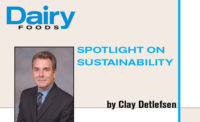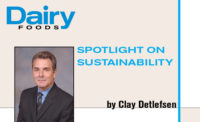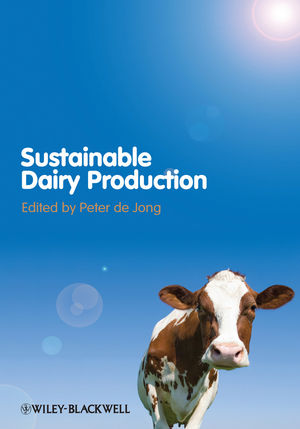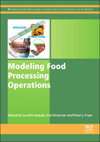Give some credit to nutrient trading

I live in the Chesapeake Bay watershed, and what has happened in the bay and waterways nearby is depressing. In essence, too many nutrients, typically nitrogen and phosphorus, are finding their way into those waters, causing algae to grow, then die and in the decomposition process, use up all the oxygen. Once the oxygen gets too low in the bay the sea life dies as well, and we get dead zones. In some cases the algae creates toxins, as we saw in Lake Erie near Toledo, Ohio, last summer.
According to the National Oceanic and Atmospheric Administration’s National Ocean Service (NOS):
“Nutrients come from a variety of different sources. They can occur naturally as a result of weathering of rocks and soil in the watershed and they can also come from the ocean due to mixing of water currents. Scientists are most interested in the nutrients that are related to people living in the coastal zone, because human-related inputs are much greater than natural inputs. Because there are increasingly more people living in coastal areas, there are more nutrients entering our coastal waters from wastewater treatment facilities, runoff from land in urban areas during rains, and from farming.”
Too many nutrients
So what can we do about it? The Clean Water Act gave the Environmental Protection Agency the responsibility to regulate point sources of nutrient pollution and force them to cut back the nutrient loads that they release to rivers and streams. EPA also oversees a stormwater pollution prevention program that covers industrial and construction sites, and there are numerous efforts designed to cut back nutrient runoff from residential sources.
Despite all these efforts there are still too many nutrients entering many ecosystems. A solution that makes a lot of sense is nutrient trading. At the heart of the concept is the fact that EPA and other agencies have for the most part achieved what they feasibly could with the regulatory schemes that they have applied to point sources. At this point, imposing even more stringent limits on point sources such as publicly owned treatment works (POTWs), also known as sewage treatment plants, will achieve very little.
The next step is to focus on the entire watershed, and realize that as NOS indicated, there are many sources of nutrients. If we want to solve the water-quality problem, we should not only focus on the regulated sources and entities, but also seek improvements from wherever they can be achieved.
The mechanics of nutrient trading
The way nutrient trading works is to allow the regulated entity (point source) to either employ expensive nutrient reduction technology to remove more nutrients, or purchase nutrient trading credits from another source who can achieve nutrient reductions in a more cost-effective manner. With some exceptions, agriculture is an unregulated non-point source and nutrient reductions from agriculture can dramatically improve and in all likelihood solve the problem.
There are several paths to make this happen. The simplest is to use on-farm best management practices to curtail the nutrient runoff. Practices such as no-till, grass or forest buffer zones, land retirement, wetland restoration and cover crops all can have a role in improving matters.
A more complex approach is for agriculture to utilize anaerobic digesters with back-end technology which strips the nutrients out of the digestate and allows them to be used in a manner consistent with what the crops need, or allow for those nutrients to be exported entirely out of the watershed if they are not needed. This makes a lot of sense, given that the dairy industry is already pushing for a 25% greenhouse gas reduction by 2020 and digesters can play a key role in achieving that goal. In fact, the Biogas Opportunities Roadmap suggests that we have an opportunity to add another 8,000 manure-based methane digesters. If we could add resource recovery options to even a fraction of those digesters, the impact could be enormous.
The best thing about this is that it can change the economics of digester technology and make things pencil out. Digesters create methane, which is used to make electricity or is cleaned up and used as fuel. The fiber is used as bedding or a soil amendment, and the nitrogen and phosphorus can be sold as fertilizer. The digester operator can sell nutrient trading credits to point sources for the nutrient reductions they have achieved voluntarily on their farms.
This all looks great, but there are many challenges ahead. Digesters and back-end nutrient recovery technology are expensive and while digester technology is well developed, nutrient recovery technology is still emerging. On top of that, the markets for making trades and the parameters surrounding how it all works have yet to be solidified.
That said, I think this is a timing issue, and in the not too distant future, we will get over these hurdles. The end goal is that the water coming from upstream and the water that heads downstream will be cleaner, and we won’t have to be depressed about the large dead zones in the Chesapeake Bay, or elsewhere.
Looking for a reprint of this article?
From high-res PDFs to custom plaques, order your copy today!








